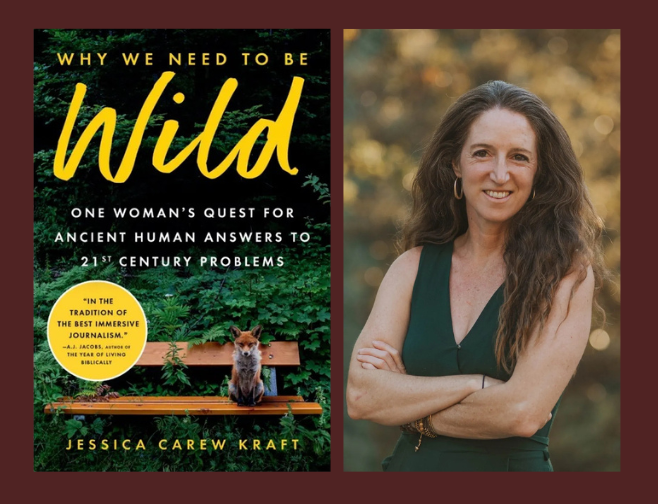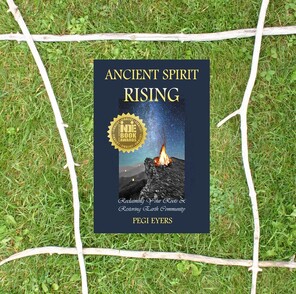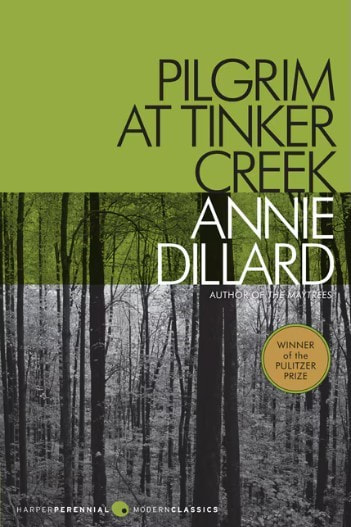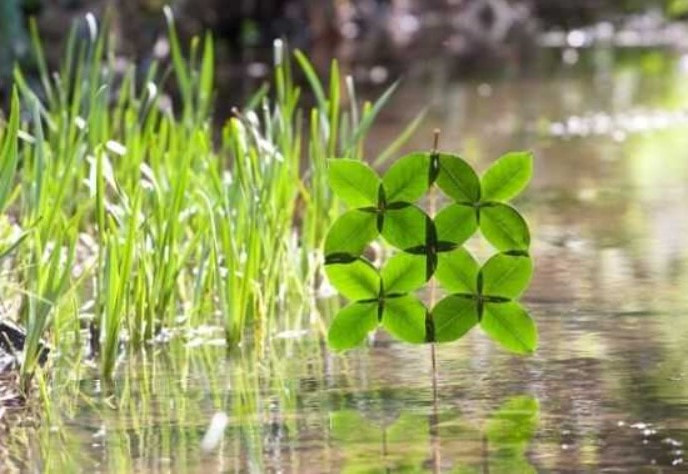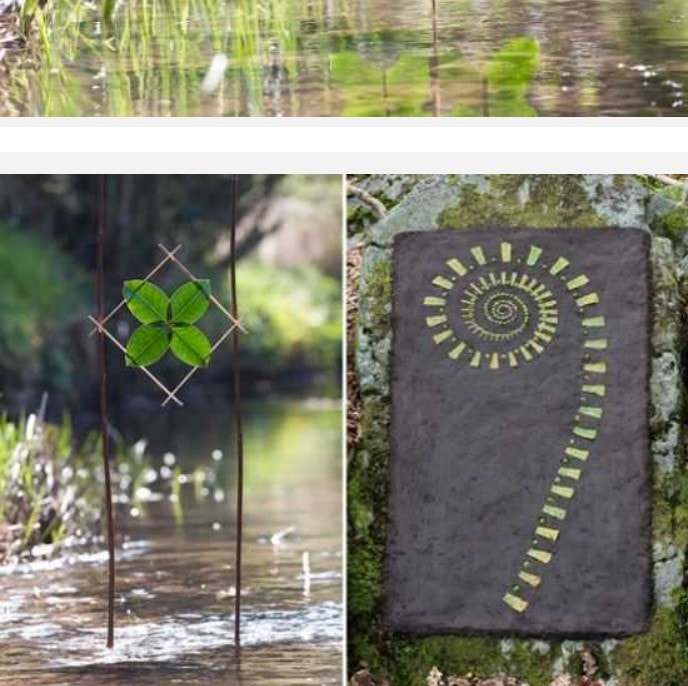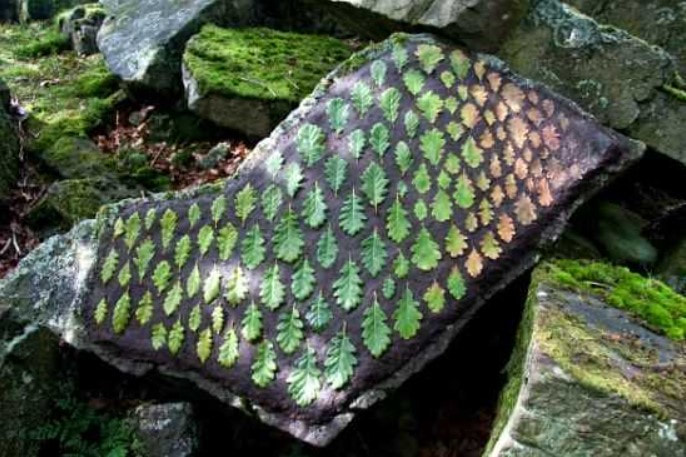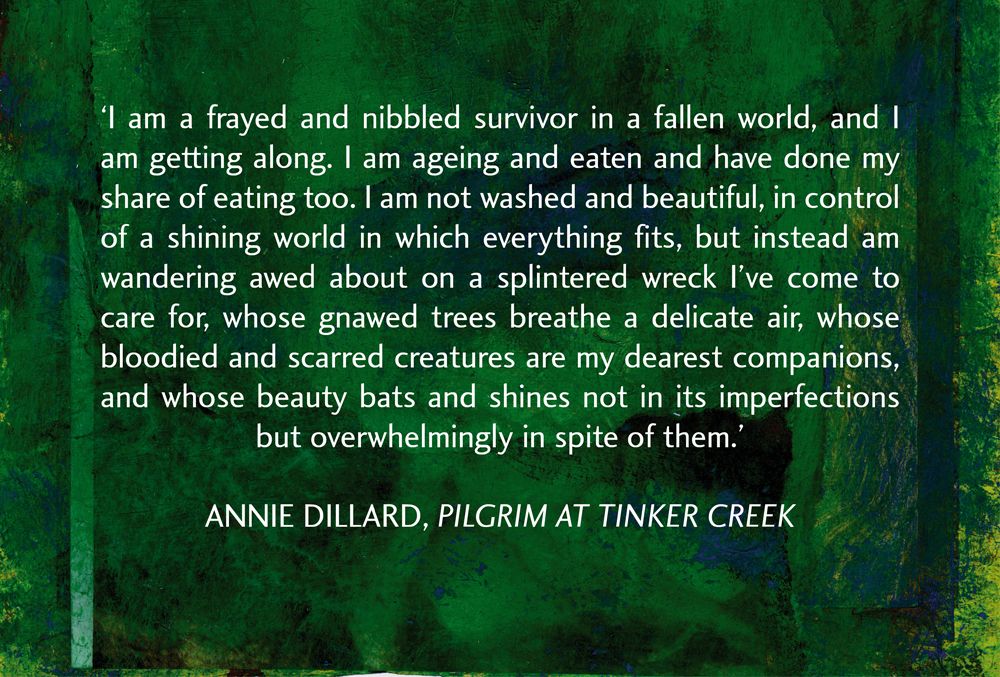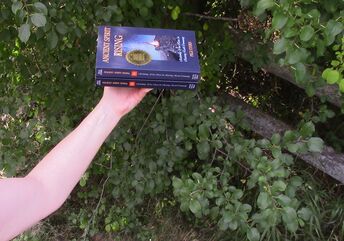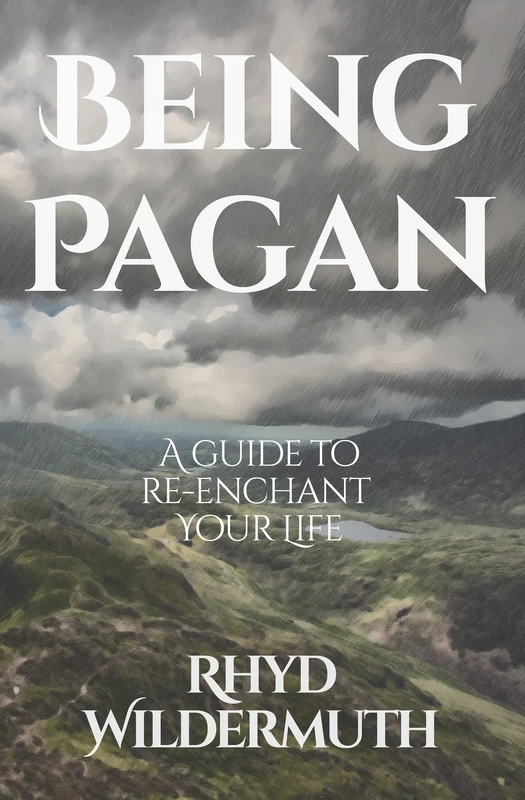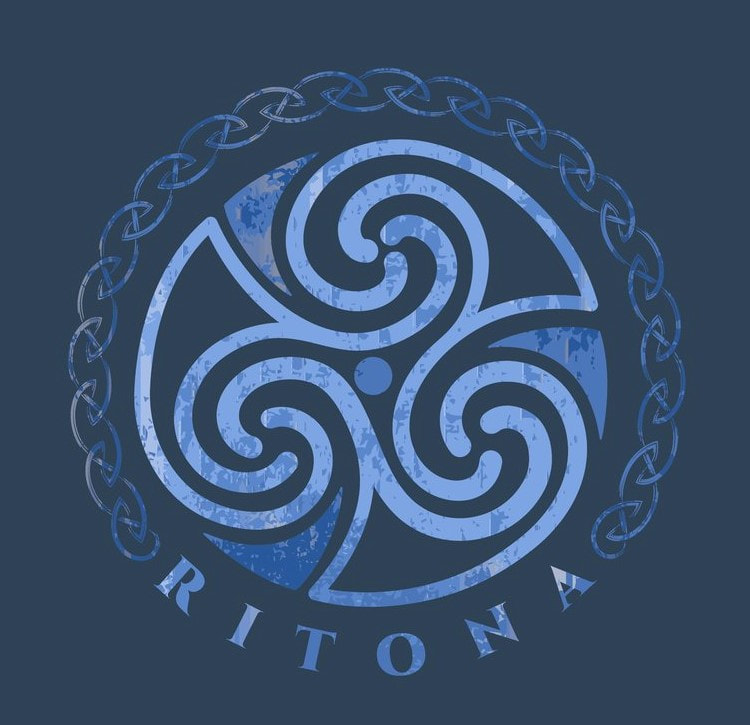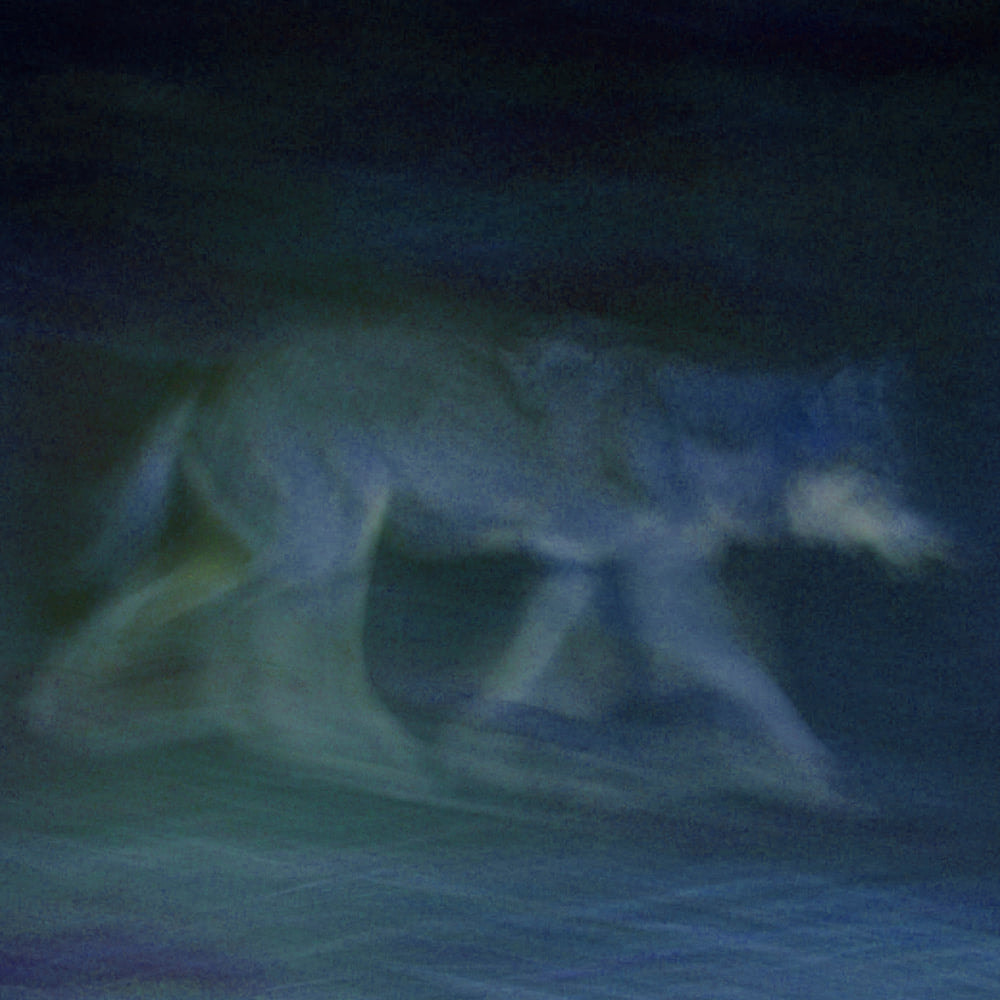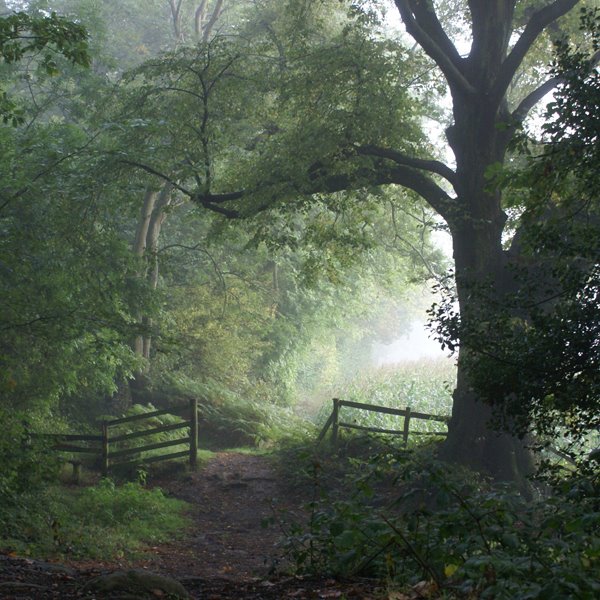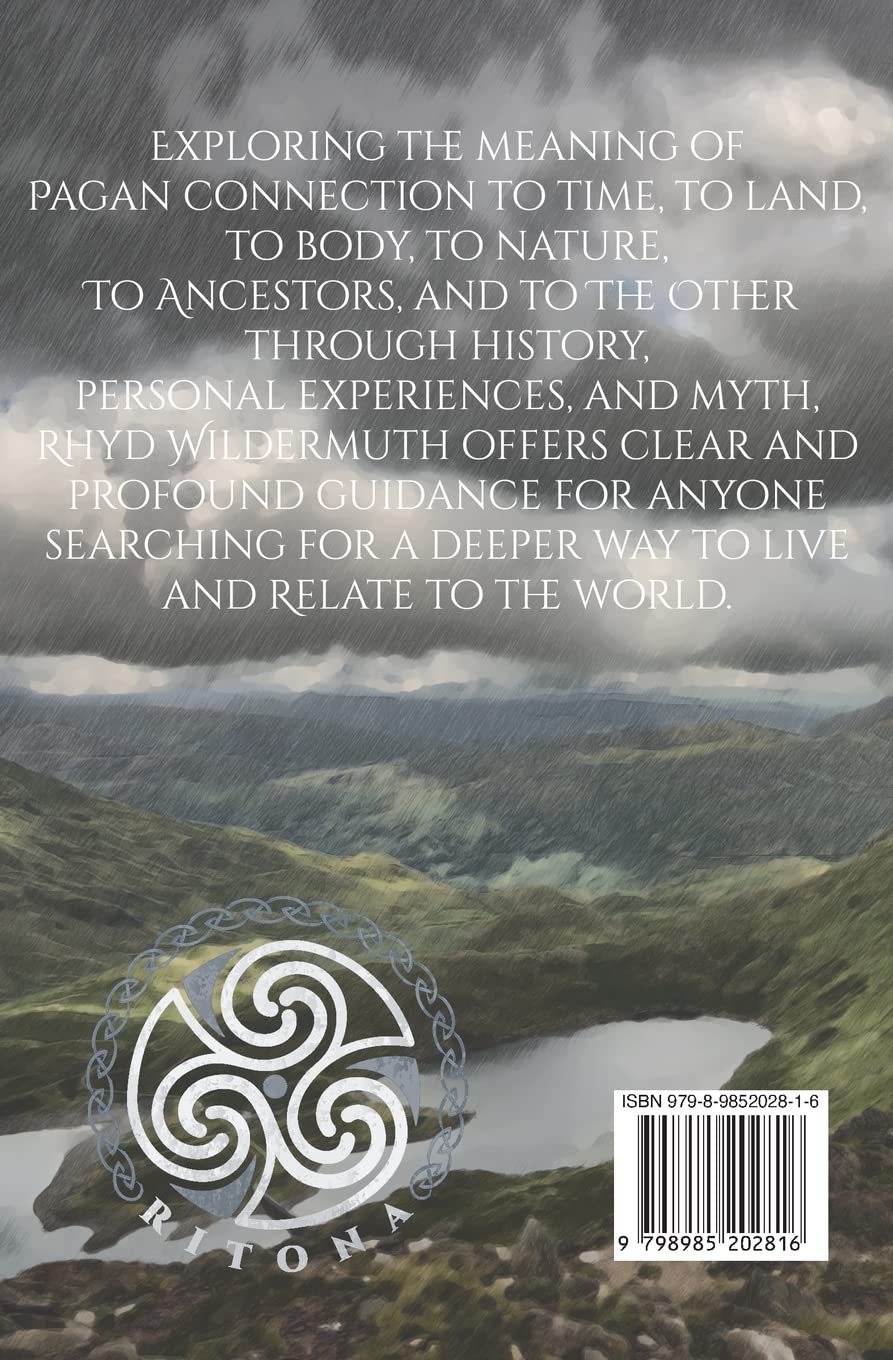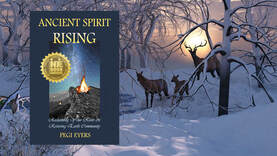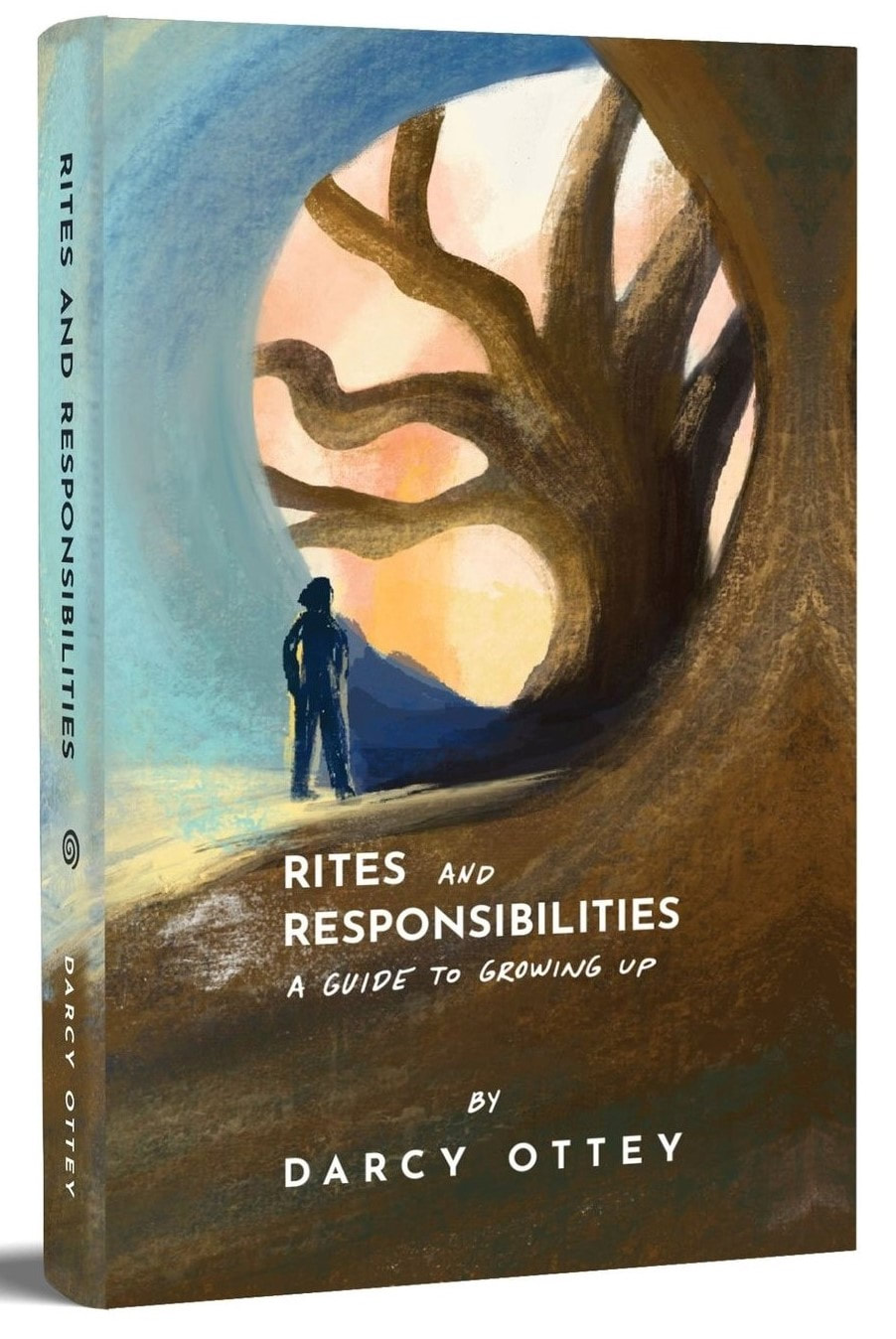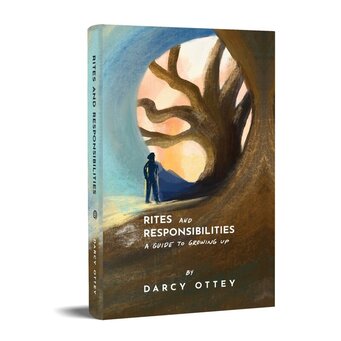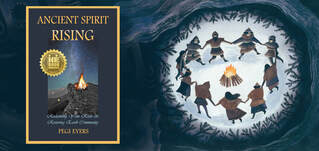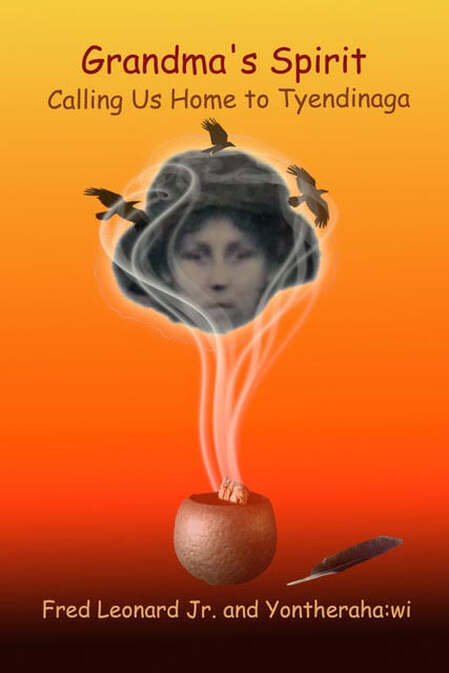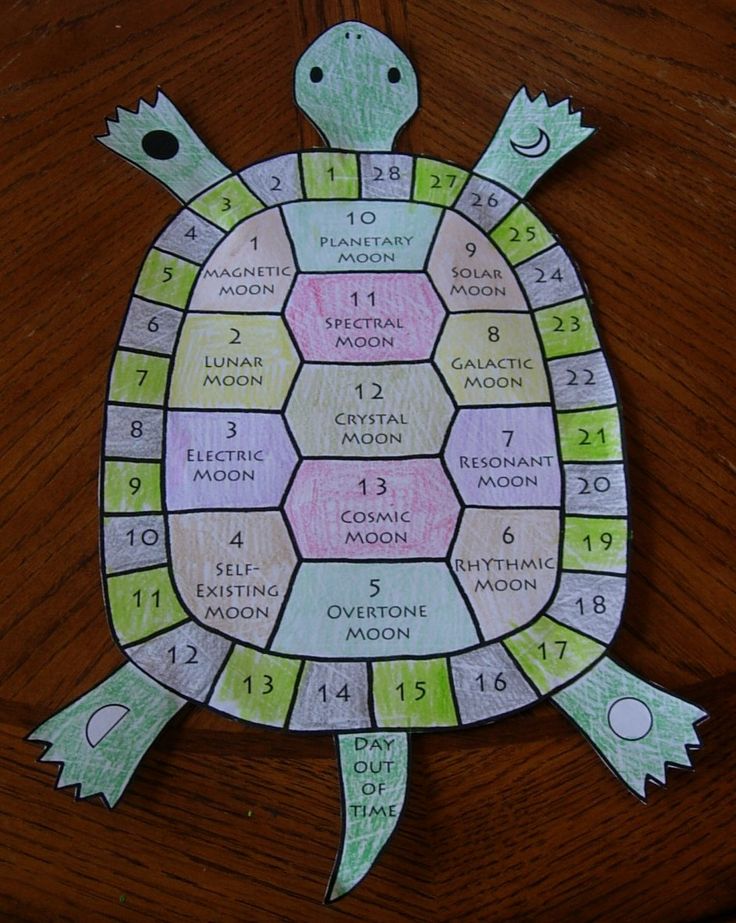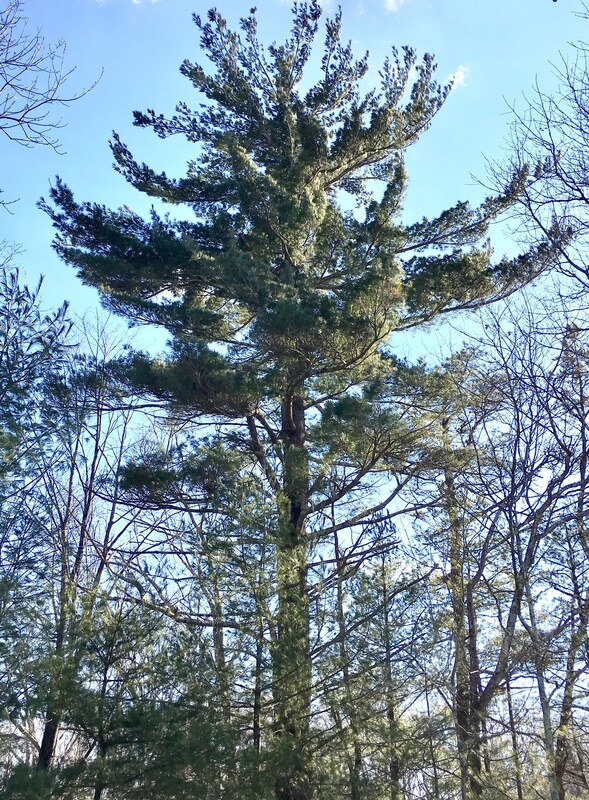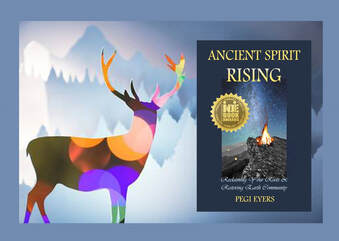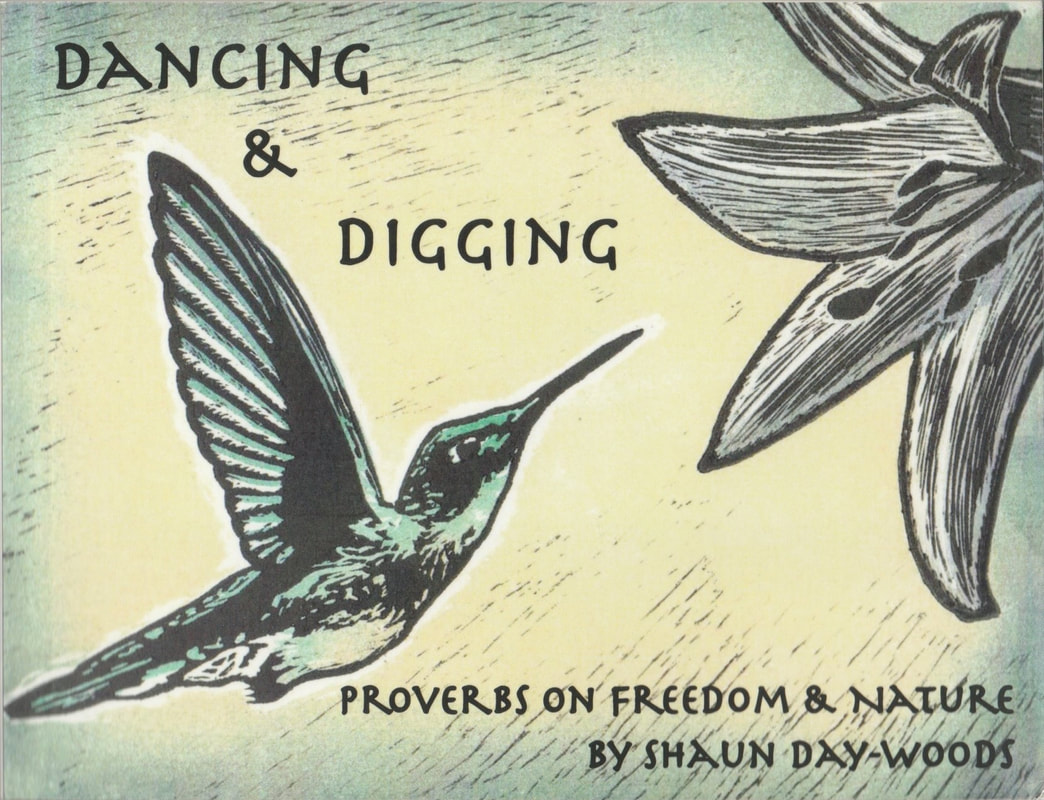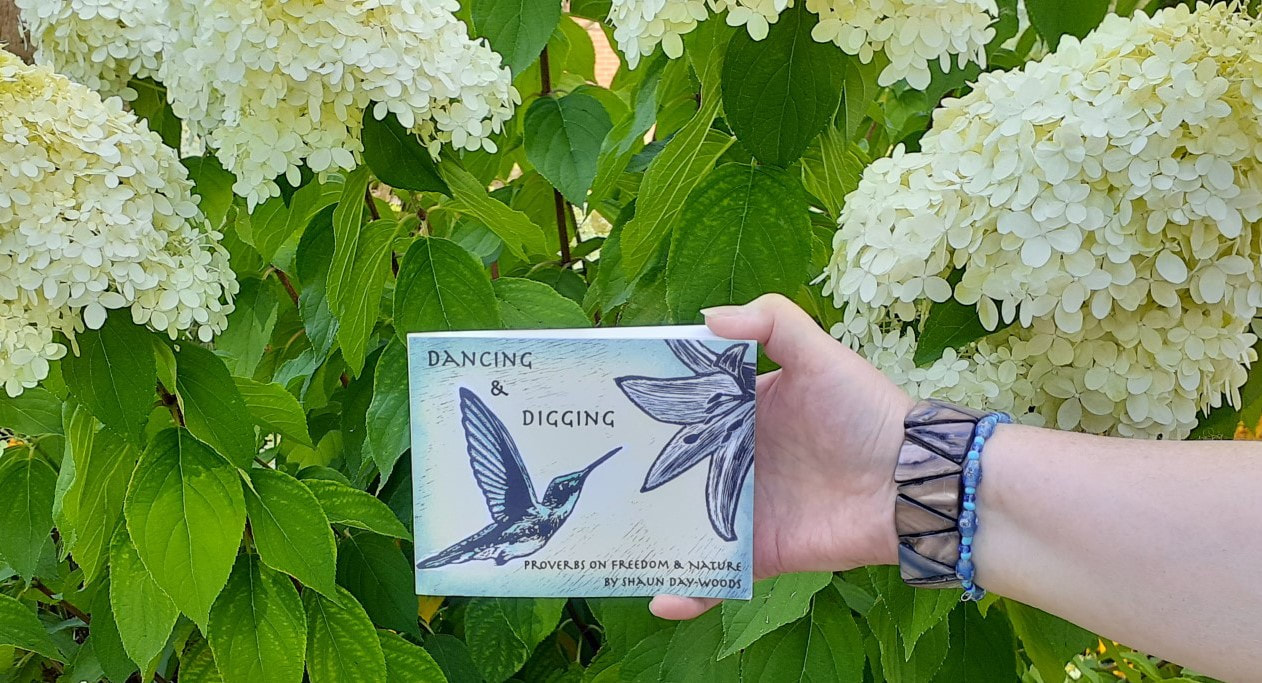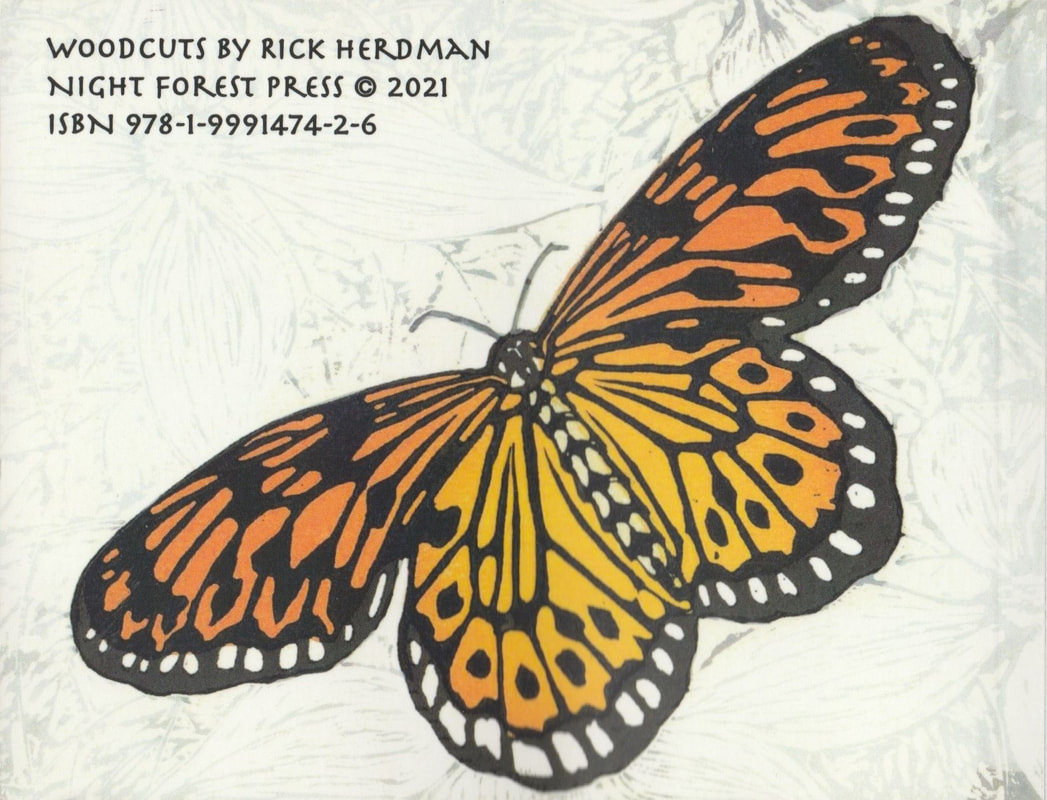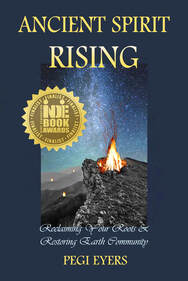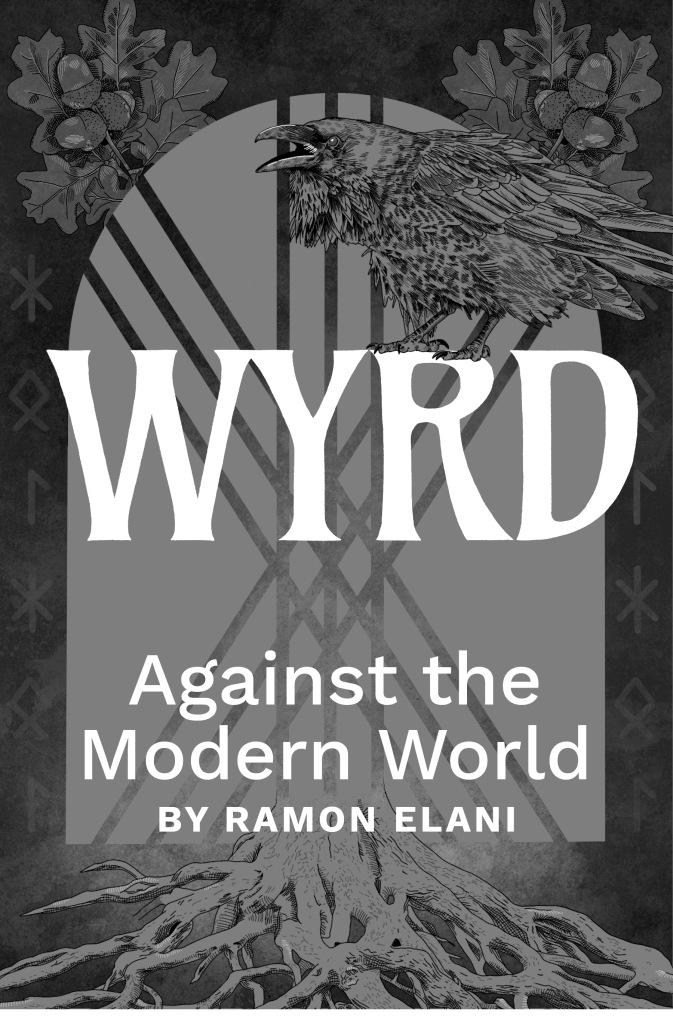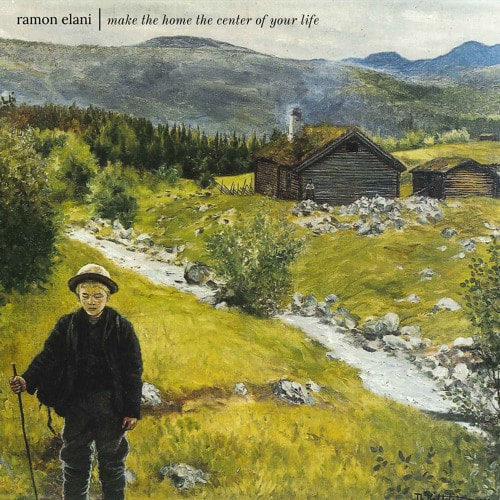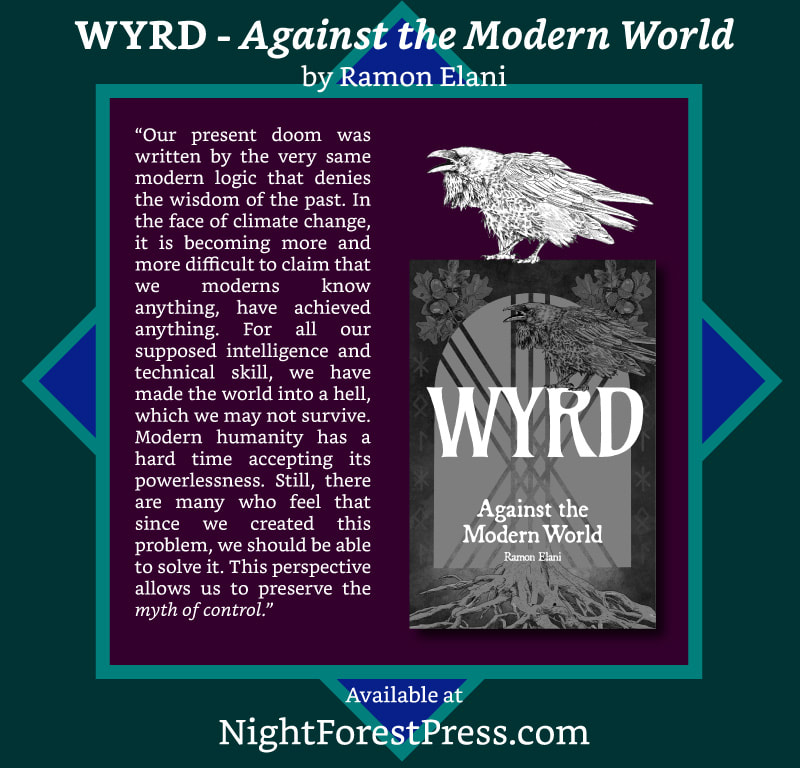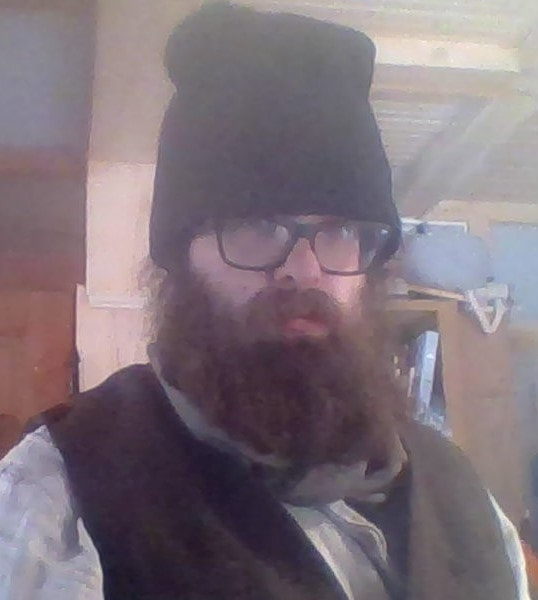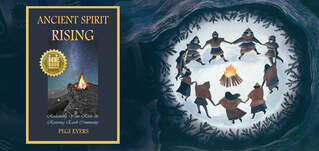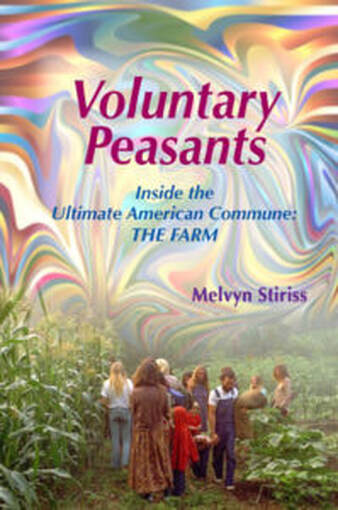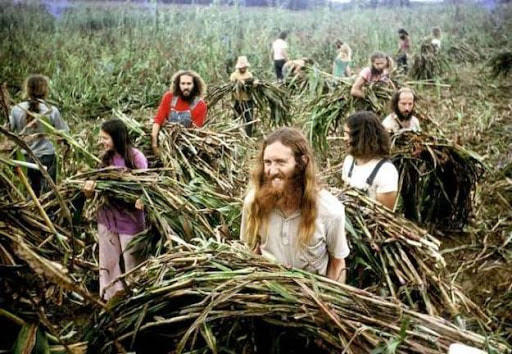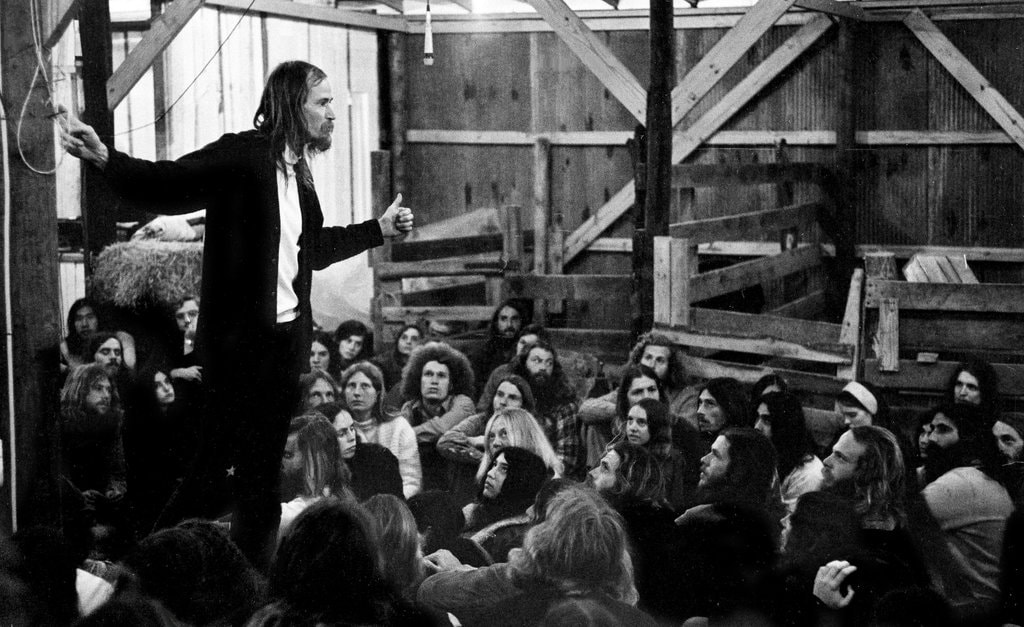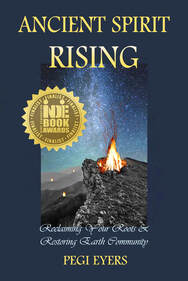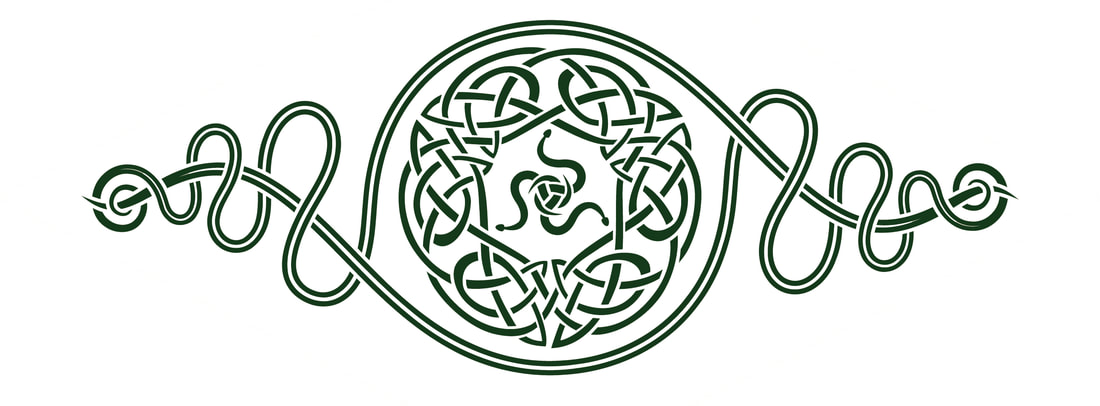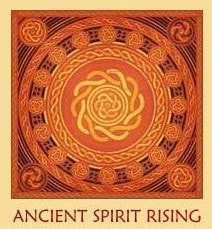REVIEW BY PEGI EYERS
Due to settler-colonialism - what Harrell so eloquently calls “the broken path,” members of the Euro-diaspora in the Americas have been separated from ancestral knowledge, earth-emergent Elders, and the land itself. For millennia, ethnocultures worldwide had access to teachings from the Elders, and today, we are finding our way back to that vital relationship in diverse spaces such as animism, paganism, rewilding, ecopsychology, and personal transformation. Teachers are available, but From Elder to Ancestor is a breakthrough, and the first book I have encountered that skillfully describes animism - our inter-dependence with nature and the spirit world(s) - as inseparable from our journey to becoming a True Elder and Ancestor. “We are Nature. We always have been.”
Breathtaking in scope, and offering the same integrity, love and compassion that Harrell suggests for “eldering well,” From Elder to Ancestor is a brilliant guide to our collective work in animism, nature immersion and the ancestral arts. Harrell takes an in-depth look at the toxic legacy of colonialism, how “the broken path” manifests within and without, shadow work, cognitive dissonance, taking responsibility, and processing grief and trauma. She even covers controversial issues such as protocol on Indigenous lands, cultural appropriation, reparations, cancel culture, New Age theory, and uncolonizing from patterns such as implicit bias that perpetuate the “collective break.” “We can’t become fit elders until we engage these parts of ourselves beyond the projections of settler culture - or at least as much as is possible to do so - and understand how to be feral.”
With explorations through self-inquiry at the end of each chapter, From Elder to Ancestor engages with animism, Norse traditions, spirits of place, Naturekin, allies, elements, grounding, somatics, embodiment, rites, ritual, Ancestor tending, the emergence of the Sacred Self, reciprocity, and the importance of cosmology and lore. Bioregionalism is key, and Harrell stresses that we need to “understand our actual relationship to Nature rather than one we borrow, project, or romanticize.” Whether we know it or not, ancient land-based wisdom is timeless and ongoing, and we are deeply connected to the places we call home.
I was incredibly inspired by Harrell’s honest assessment of the changes on her own spiritual path, and her stories of personal mythology. She emphasizes that perfection is not the objective, and that the most important goal is “to realize our interdependence with All Things, which must be lived through our actions, and by achieving a sense of belonging to that web of frith that has tended us.” In terms of the elderhood journey, Harrell offers a wealth of knowledge. True elders educate, support, and sustain the community, and “living into the Communal Heart can happen at any age.” Thank you Kelley Harrell, for gifting a brand-new vocabulary and dynamic weaving to the world, of what truly matters in our reconnection to earth, soul, elders and ancestors. From Elder to Ancestor: Nature Kinship for All Seasons of Life is a magnificent book.
Explore S. Kelley Harrell's website Soul Intent Arts >HERE<
Breathtaking in scope, and offering the same integrity, love and compassion that Harrell suggests for “eldering well,” From Elder to Ancestor is a brilliant guide to our collective work in animism, nature immersion and the ancestral arts. Harrell takes an in-depth look at the toxic legacy of colonialism, how “the broken path” manifests within and without, shadow work, cognitive dissonance, taking responsibility, and processing grief and trauma. She even covers controversial issues such as protocol on Indigenous lands, cultural appropriation, reparations, cancel culture, New Age theory, and uncolonizing from patterns such as implicit bias that perpetuate the “collective break.” “We can’t become fit elders until we engage these parts of ourselves beyond the projections of settler culture - or at least as much as is possible to do so - and understand how to be feral.”
With explorations through self-inquiry at the end of each chapter, From Elder to Ancestor engages with animism, Norse traditions, spirits of place, Naturekin, allies, elements, grounding, somatics, embodiment, rites, ritual, Ancestor tending, the emergence of the Sacred Self, reciprocity, and the importance of cosmology and lore. Bioregionalism is key, and Harrell stresses that we need to “understand our actual relationship to Nature rather than one we borrow, project, or romanticize.” Whether we know it or not, ancient land-based wisdom is timeless and ongoing, and we are deeply connected to the places we call home.
I was incredibly inspired by Harrell’s honest assessment of the changes on her own spiritual path, and her stories of personal mythology. She emphasizes that perfection is not the objective, and that the most important goal is “to realize our interdependence with All Things, which must be lived through our actions, and by achieving a sense of belonging to that web of frith that has tended us.” In terms of the elderhood journey, Harrell offers a wealth of knowledge. True elders educate, support, and sustain the community, and “living into the Communal Heart can happen at any age.” Thank you Kelley Harrell, for gifting a brand-new vocabulary and dynamic weaving to the world, of what truly matters in our reconnection to earth, soul, elders and ancestors. From Elder to Ancestor: Nature Kinship for All Seasons of Life is a magnificent book.
Explore S. Kelley Harrell's website Soul Intent Arts >HERE<
From Elder to Ancestor:
Nature Kinship for All Seasons of Life
S. Kelley Harrell // Destiny Books // 2024
TESTIMONIAL FOR PUBLISHER:
"From Elder to Ancestor is a breakthrough, and the first book I have encountered that skillfully describes animism —our interdependence with nature and the spirit world - as inseparable from our journey to becoming true Elders and Ancestors. Harrell takes an in-depth look at colonialism as 'the broken path,' and with integrity and compassion, offers wisdom on healing trauma, claiming the Sacred Self, 'eldering well,' cosmology, lore, reciprocity with nature, and ancient practices on the land. Thank you Kelley Harrell, for a brilliant book that captures the essence of our vital reconnection to Earth, soul, and the perennial cycles of life.”
Pegi Eyers, author of Ancient Spirit Rising: Reclaiming Our Roots & Restoring Earth Community
Pegi Eyers, author of Ancient Spirit Rising: Reclaiming Our Roots & Restoring Earth Community
Pegi Eyers is the author of "Ancient Spirit Rising:
Reclaiming Your Roots & Restoring Earth Community"
an award-winning book that explores strategies for intercultural
competency, healing our relationships with Turtle Island First Nations, uncolonization, recovering an ecocentric worldview, rewilding, creating a sustainable future and reclaiming peaceful co-existence in Earth Community.
Available from Stone Circle Press or Amazon.
Reclaiming Your Roots & Restoring Earth Community"
an award-winning book that explores strategies for intercultural
competency, healing our relationships with Turtle Island First Nations, uncolonization, recovering an ecocentric worldview, rewilding, creating a sustainable future and reclaiming peaceful co-existence in Earth Community.
Available from Stone Circle Press or Amazon.



